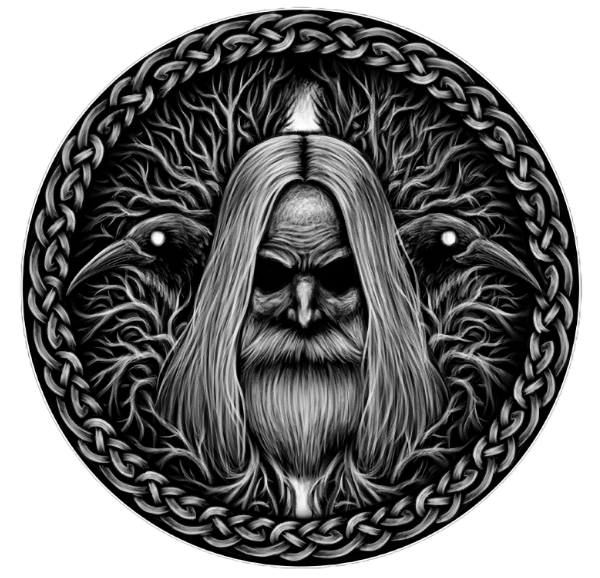
From Gods to Demons: The Demonization of Pagan Gods
Share
The transformation of ancient pagan gods and goddesses into demons is a fascinating aspect of religious history.
What once were revered deities became figures of terror and malevolence through a process of demonization carried out by the Christian Church
This blog post will look into this phenomenon, exploring how and why these divine figures were recast as demonic entities.
The Ancient Landscape of Gods and Goddesses
Before the rise of Christianity, Europe and the Near East were home to a myriad of religious traditions. These included the polytheistic beliefs of the Greeks, Romans, Norse, and others. Each culture had its pantheon of gods and goddesses, each with unique attributes, stories, and functions.
Integration and Syncretism
In many cases, different cultures found common ground in their deities, leading to the integration of gods and shared worship practices. This religious syncretism was a common feature of the ancient world.
The Rise of Christianity
A New Religious ParadigmAs Christianity began to spread throughout the Roman Empire and beyond, it brought with it a new religious paradigm that was monotheistic, exclusive, and often antagonistic to existing pagan beliefs.
The Threat of Paganism
For the early Christian Church, the persistence of pagan beliefs posed a significant threat. The worship of ancient gods and goddesses was seen as incompatible with Christian doctrine and a challenge to its authority.
The Process of Demonization
Reframing the GodsIn response to the perceived threat of pagan beliefs, the Christian Church embarked on a process of demonizing these ancient deities. Gods and goddesses were recast as malevolent demons, their attributes twisted into something dark and threatening.
Creating a Narrative of Fear
By transforming revered deities into fearsome demons, the Church created a narrative of fear aimed at discouraging the worship of these ancient figures. This served to reinforce the authority of the Church and further its mission to eradicate pagan practices.
Notable Examples
Pan: The Greek god of nature and wilderness was turned into a symbol of lust and depravity, his image contributing to the popular Christian depiction of the devil.
Lilith: Once considered a powerful goddess, Lilith was recast as a demoness associated with evil and danger.
Odin: The chief god in Norse mythology was demonized and associated with the devil, his wisdom and complexity were reduced to something sinister.
Buddha – Even Buddha is seen by some Catholic countries as a demon
The Legacy of Demonization
The demonization of ancient deities led to a loss of cultural heritage and the suppression of rich religious traditions. Many ancient practices, rituals, and myths were forgotten or distorted.
Shaping Modern Perceptions
The transformation of gods into demons has shaped modern perceptions of these ancient figures. The complex and nuanced deities of old have been reduced to caricatures, their original meanings obscured.
Conclusion: Reclaiming the Ancient Gods
The demonization of pagan gods and goddesses is a complex chapter in religious history, reflecting the struggle for religious dominance and the suppression of alternative beliefs.
While this transformation served the purpose of the early Christian Church, it has left us with a distorted understanding of these ancient figures. In recognizing the historical process of demonization and seeking to understand these deities in their original context, we can reclaim a richer and more nuanced view of our shared spiritual heritage.
By doing so, we honor the diversity and complexity of human belief and open ourselves to a broader understanding of the sacred.
This blog post offers insight into how religious transformation can lead to a shift in cultural perceptions and values. The demonization of pagan deities is not merely a historical curiosity; it is a reminder of the power of religious narratives to shape our understanding of the divine and the human quest for meaning.



